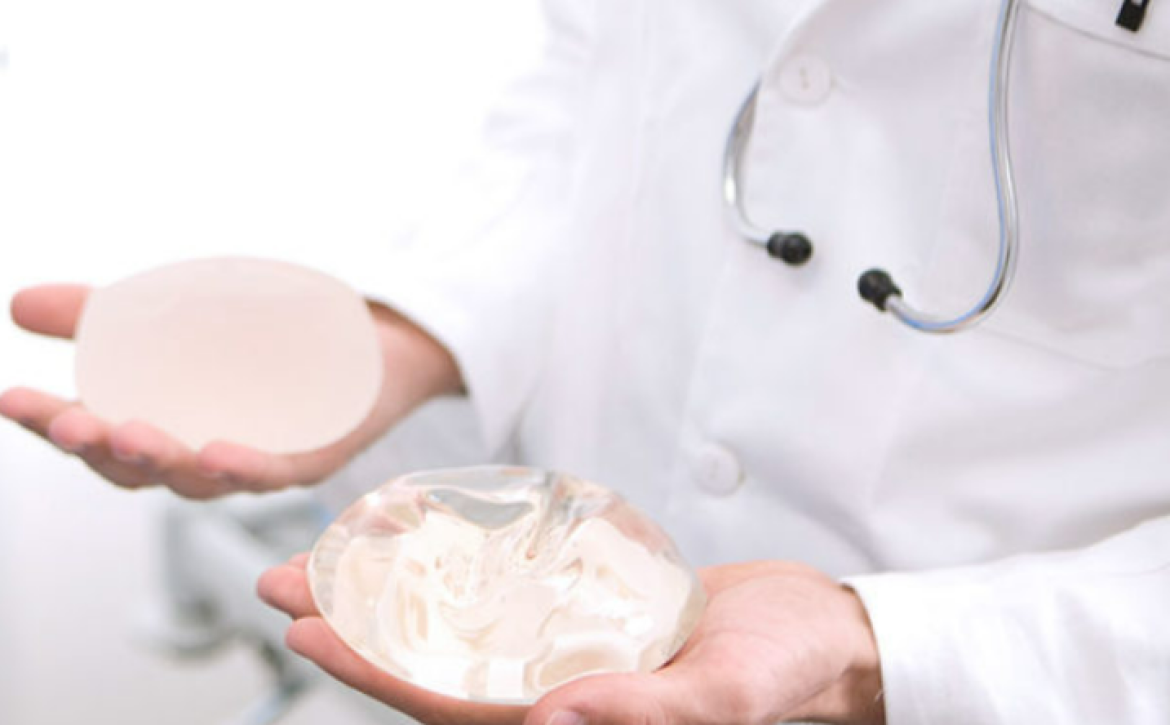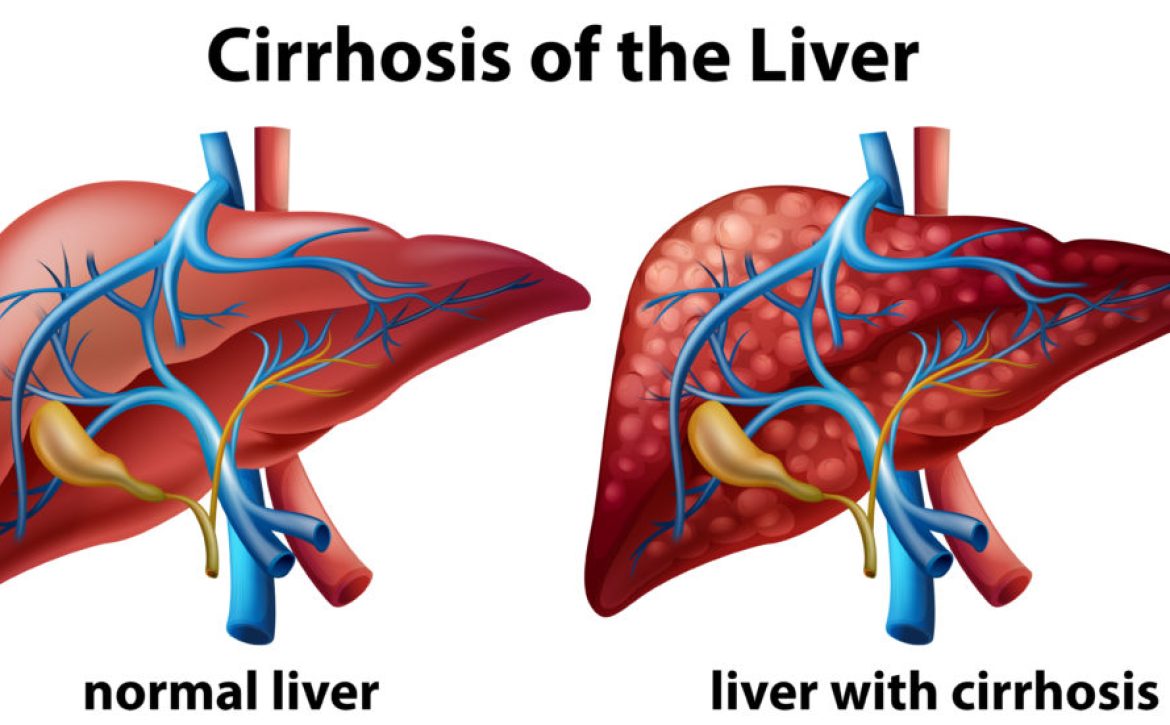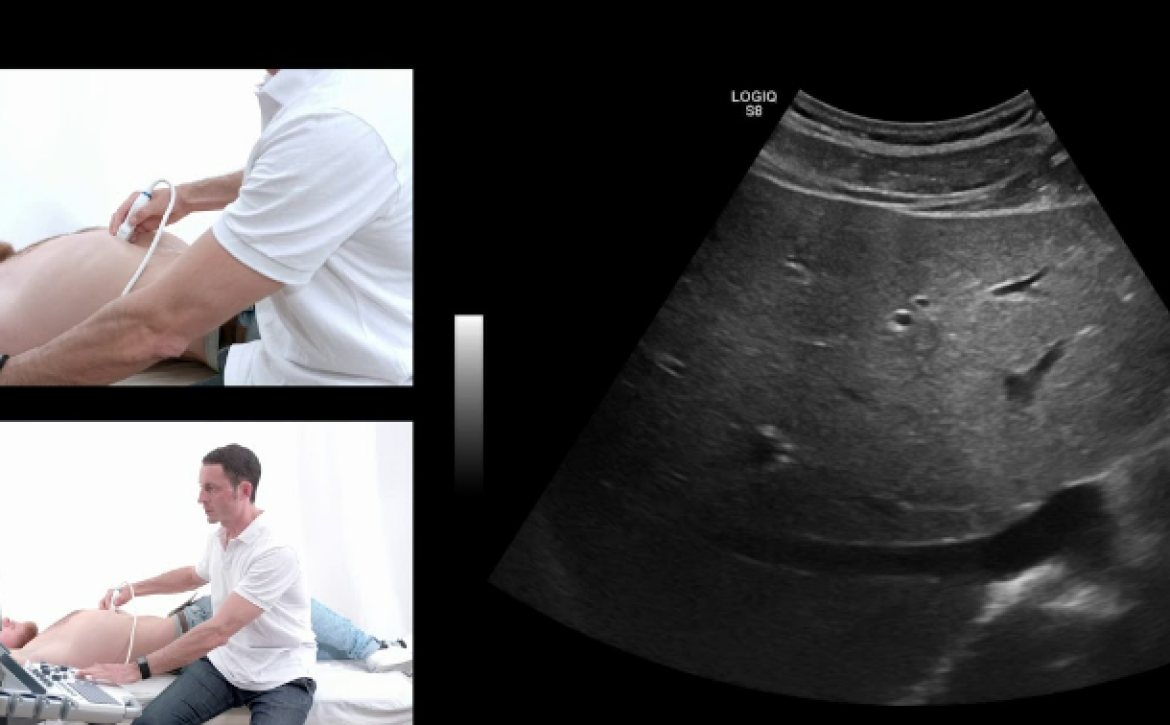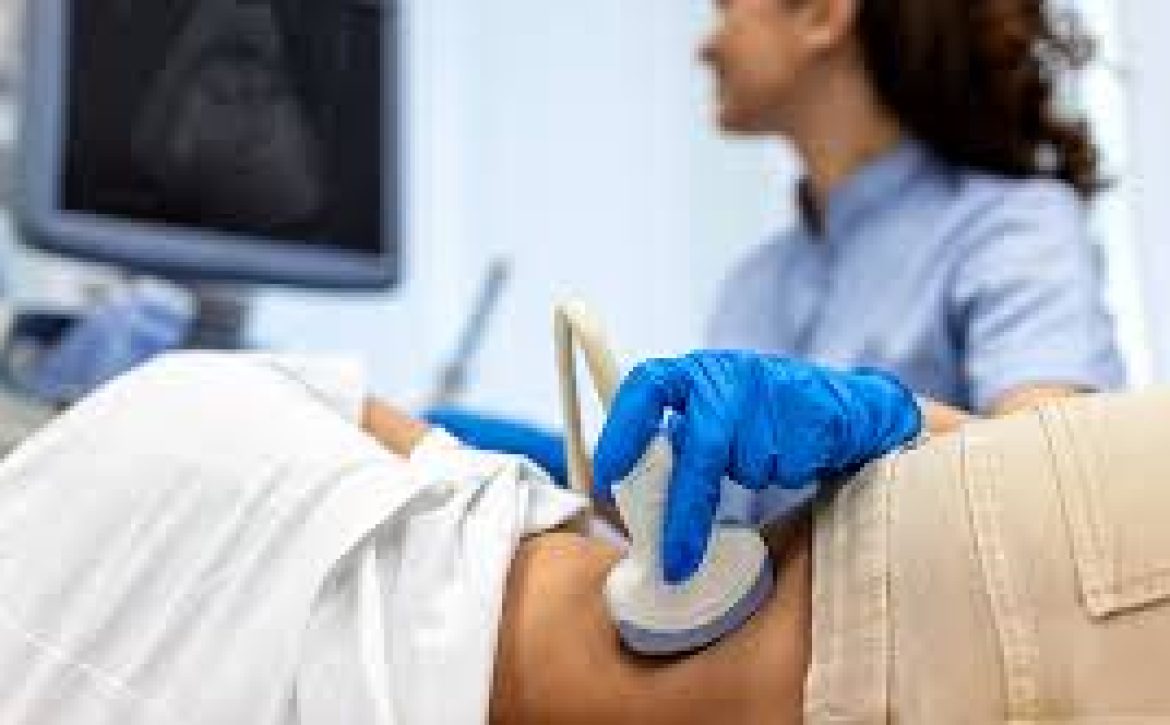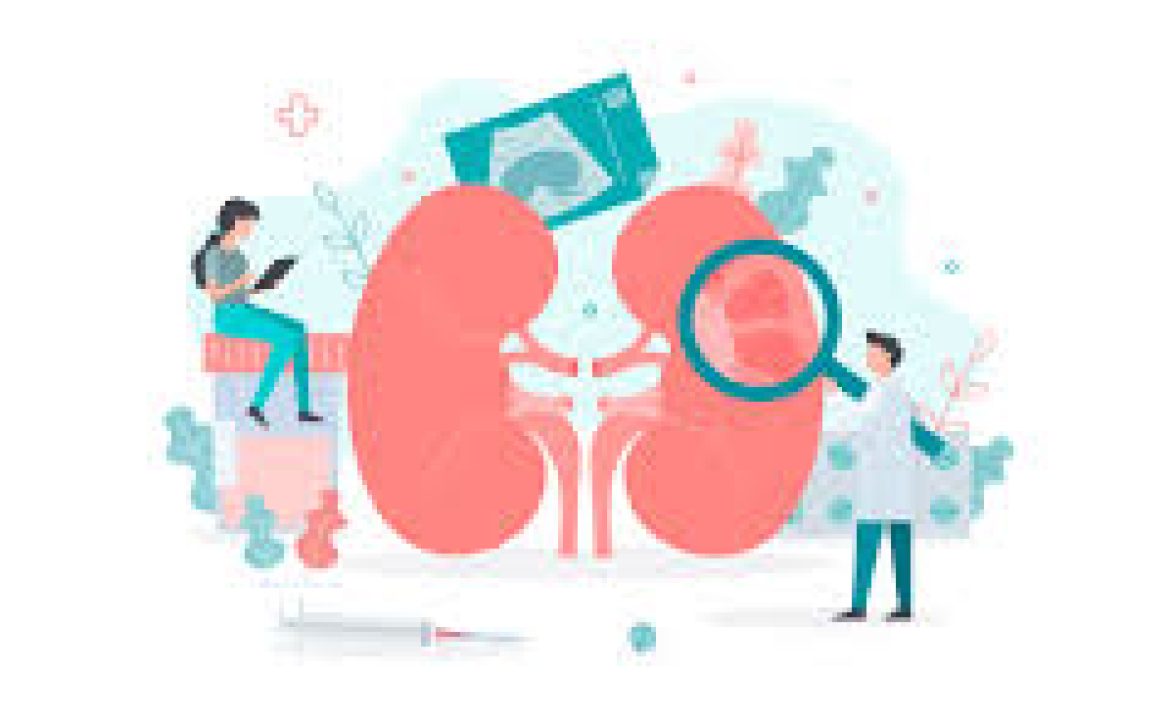Navigating the Breast Ultrasound Procedure: A Comprehensive Guide
At London Private Ultrasound, we prioritize your health and well-being, offering advanced imaging services to ensure accurate diagnoses and personalized care. If you’ve been scheduled for a breast ultrasound, you may have questions about the procedure and what to expect. In this article, we’ll provide you with a comprehensive overview of the breast ultrasound procedure, from preparation to post-procedure care.
Understanding Breast Ultrasound: A Non-Invasive Imaging Technique
Breast ultrasound is a safe and non-invasive imaging technique that uses sound waves to create detailed images of the breast tissue. It is particularly effective in evaluating breast lumps, changes, or abnormalities detected during physical exams, mammograms, or self-examinations. Ultrasound allows healthcare professionals to visualize the internal structures of the breast, providing valuable insights for diagnosis and treatment.
Preparation: What to Do Before Your Breast Ultrasound
Preparing for a breast ultrasound is straightforward and generally requires minimal steps. Here’s what you can do to ensure a smooth experience:
Wear Comfortable Clothing: You’ll be provided with a gown to wear during the procedure, so opt for comfortable clothing that can be easily removed.
Avoid Lotions and Creams: To ensure the ultrasound transducer makes direct contact with the skin, refrain from applying lotions, creams, or powders to your breast area on the day of the procedure.
Share Relevant Information: Inform the ultrasound technologist about any breast symptoms, pain, or concerns you may have. This information helps ensure a thorough and accurate examination.
The Breast Ultrasound Procedure: What to Expect
The breast ultrasound procedure is a straightforward and painless process. Here’s a step-by-step guide to what you can expect during your visit to our clinic:
Welcome and Check-In: Upon arrival, you’ll be warmly greeted by our staff. They will guide you through the check-in process, ensuring that all necessary paperwork is completed.
Preparation: You’ll be taken to a private examination room where you can change into a gown. A friendly ultrasound technologist will explain the procedure, answer any questions you may have, and address any concerns.
Positioning: You’ll be asked to lie on an examination table. The technologist will help you position yourself comfortably, ensuring optimal access to the breast area.
Gel Application: A water-based gel is applied to the breast area. This gel facilitates the transmission of sound waves and ensures clear images are captured during the procedure.
Transducer Placement: The ultrasound technologist will use a handheld device called a transducer. The transducer emits high-frequency sound waves that bounce off the breast tissue and create real-time images on a monitor.
Image Capture: The technologist will gently move the transducer over the breast area, capturing images from various angles. You may hear faint sounds as the sound waves are emitted and received.
Image Analysis: As images are captured, the technologist will analyze them to ensure comprehensive visualization of the breast tissue. Different angles and views may be explored to thoroughly assess any areas of concern.
Duration: The procedure is typically completed within 15 to 30 minutes, depending on the specifics of the examination.
After the Procedure: Post-Examination Steps
Following the breast ultrasound procedure, you can expect the following steps:
Gel Removal: The water-based gel applied to your breast area will be gently wiped off.
Results Discussion: In some cases, the ultrasound technologist may discuss initial findings with you. However, a comprehensive analysis of the images will be performed by a radiologist.
Radiologist’s Interpretation: The captured images will be reviewed and interpreted by a specialized radiologist. This expert analysis ensures accurate diagnosis and personalized recommendations.
Follow-Up Steps: Based on the radiologist’s interpretation, your healthcare provider will discuss the results with you and provide guidance on any necessary next steps.
Advantages of Breast Ultrasound:
Breast ultrasound offers several advantages that contribute to its importance in breast health:
Non-Invasive: Ultrasound is non-invasive and does not involve radiation exposure, making it a safe choice for breast imaging.
Distinguishing Characteristics: Ultrasound can differentiate between solid masses and fluid-filled cysts, aiding in the characterization of breast abnormalities.
Guidance for Biopsies: Ultrasound can guide the placement of a needle for biopsy, ensuring precise sampling of tissue for further analysis.
No Pain or Discomfort: The breast ultrasound procedure is painless and generally well-tolerated.
The breast ultrasound procedure is a crucial tool in maintaining optimal breast health. It provides valuable insights into breast tissue, aiding in the early detection and diagnosis of potential issues. At our ultrasound clinic, we are committed to providing you with a comfortable and informative experience during your breast ultrasound.
If you have questions about the breast ultrasound procedure, wish to schedule an appointment, or seek guidance on your breast health journey, our experienced team is here to support you every step of the way. Your well-being is our priority, and we are dedicated to empowering you with the knowledge and tools needed for optimal breast care.



